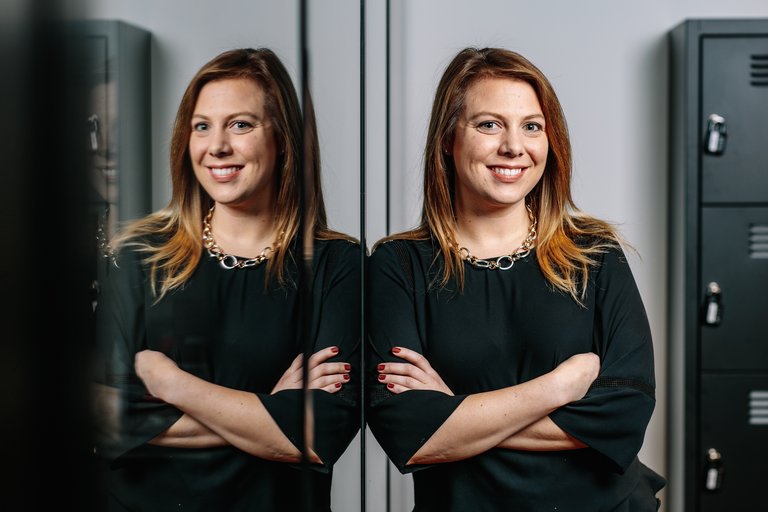How we are improving safety in autonomous driving
Allison Ridder and her team are working on in-cabin monitoring - and providing an important solution for the era of autonomous driving. Here, the project manager explains how it all came about and what they are planning for in 2021.
I never thought I would have the opportunity to oversee this kind of project. I only started working at Continental in 2018 – initially on the team for interior innovations. After only two months at Continental, my boss approached me and told me about this project and the idea of in-cabin monitoring. We then soon decided to pitch this idea to co-pace - Continental's innovation program.
The company created co-pace to support whatever innovative idea you have. The type of ideas that you would like to start your own company with. So, my boss asked me: “Would you like to do this?” And I said: yes, sure. She added that there was only one problem: I would have to move to Berlin, Germany for a few months. I answered, “sure, why not?”
Technology for the age of autonomous driving vehicles
What is the idea behind in-cabin monitoring? Before the pitch, the ridesharing provider, has approached us with the question of whether the Continental cameras would also be capable of interior monitoring. The background to the question was simple: ridesharing works like a cab and guests regularly forget their belongings in the vehicle. That is where our prototype started. It was just showing that you could develop an algorithm that can determine if something is left behind in the vehicle. And you can also train it to classify what that object it is – a backpack, wallet, cell phone, etc.
We won the co-pace pitch, so in-cabin monitoring became a stand-alone project. Now that we have been doing this for a little over a year, we have kind of accelerated it to also include people. It is not about whether people are left behind but seeing what kind of position a person is in inside the vehicle. Where are their eyes focused on? Is the driver looking out the window?
These are important questions when it comes to autonomous driving. For example, if the vehicle wants the driver to resume driving, how does the vehicle know if the driver is ready? In the future, we can hopefully determine this with our in-cabin monitoring system by looking at where the driver is positioned. Another example is intelligent airbag deployment: if a passenger is seated in a way that it might be dangerous for an airbag to deploy, preventing deployment in this case would also enhance the safety system. These are just two examples – we are discovering many more possibilities than we originally thought.
Global experience for better products
It was a big year for us. One of the real big trouble spots for this project at the beginning was that there were always people – maybe in different regions of the world or different parts of Continental – making little prototypes or little algorithms for in-cabin monitoring, but it was never combined into one project. It was never shared between people. So, we collected all the different types of projects and software and brought it all together to see what we could do with it. We made improvements based on our findings from just analyzing and evaluating. And now at the end of 2020, these projects are no longer operating on someone's PC in Bangalore, someone's PC in Romania; now, it is all housed on one computer and operating on one system, which is pretty impressive considering where we started.
Where we are headed in 2021
For us, 2021 will be about getting our system off the desktop PC and into the demo vehicles. It is going to be a challenge to migrate that into a different format. Right now, the system is looking at someone sitting at their desk pretending like they are driving, but we need to start to evaluate what happens when someone is actually in the vehicle.
What motivates me along the way?

